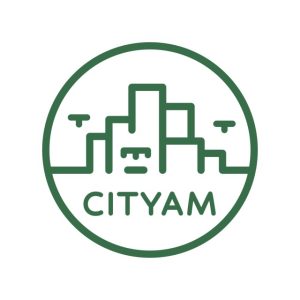NATS Unveils Digital Solutions to Propel Advanced Air Mobility
NATS Services has recently launched a whitepaper detailing essential insights and recommendations aimed at fostering the growth of the Advanced Air Mobility (AAM) sector. This initiative follows the success of Project AMEC, part of the UKRI’s Future Flight Challenge.
Project AMEC collaborated with key players in the industry to investigate the integration of AAM within the UK airspace safely. Utilizing advanced simulations alongside digital twin technology, NATS Services has confirmed operational concepts for electric Vertical Take-Off and Landing (eVTOL) aircraft and drones in environments that replicate real-world air traffic scenarios, including the challenges of London’s busy airspace.
Innovative Solutions for AAM Integration
The findings from NATS Services have directly influenced the formulation of its Concepts of Operations (CONOPs) and a collection of digital solutions aimed at ensuring secure traffic management in the future of AAM. This includes tools such as the Master Control Room interface, Airspace Manager, and vertiport evaluation instruments, all of which are vital for the smooth integration of manned and unmanned aircraft into shared airspace.
A standout innovation is the Airspace Manager function, designed to assist AAM operators in submitting flight plans that can be approved or modified within minutes. This feature employs advanced digital monitoring and pre-flight conflict resolution, thereby promoting safe and efficient digital operations while alleviating the burden on air traffic controllers. Additionally, it enables regional airports to transform into multifunctional vertiports, which opens new channels for revenue and improves operational adaptability.
Mark Balsdon, the AMEC Project Lead at NATS Services, stated: “Project AMEC has demonstrated that we can effectively and safely integrate Advanced Air Mobility operations into existing airspace at a large scale. With a validated model and a suite of deployable digital systems, NATS Services stands ready to support real-world AAM operations promptly. Our approach creates a bridge between current traffic management frameworks and new user types, ensuring safety while fostering innovation. The focus extends beyond just aerial vehicles; it’s about developing smarter, more sustainable transportation networks that can drive regional economic growth.”
Sustainability and Future Prospects
Sustainability is a fundamental principle within NATS Services’ vision for aviation’s future. The project’s validation using Vertical Aerospace’s emissions-free VX4 aircraft showcased the potential for environmentally friendly urban transportation. Successful trial flights in simulated Air Traffic Control (ATC) settings have further validated the effectiveness of NATS Services’ traffic management technological solutions.
Additional significant findings emphasized by NATS Services include the necessity for ongoing investment in infrastructure to keep pace with the evolving transport network and the establishment of appropriate ‘rules of the sky’ tailored for a new generation of digital and lower airspace traffic management.
Gareth Bowen, Solutions Consultant for New Airspace Users at NATS Services, remarked: “What we have accomplished for both drones and eVTOLs, which appears unique, is the integration – shaping the technical connections with traditional air traffic management while aligning with the Civil Aviation Authority’s airspace modernization strategy.”
The achievements of these initiatives underscore the significant technical expertise within NATS Services, affirming its preparedness to handle the complexities of modern airspace dynamics. Collaboration is the cornerstone of this strategy, as NATS Services persistently engages with industry partners and regulatory bodies to ensure a seamless and safe integration of Advanced Air Mobility into the broader aviation framework.
For further insights into Project AMEC and its recommendations for future airspace management, you can download the whitepaper here.
Attribution: Original Article













